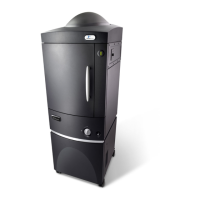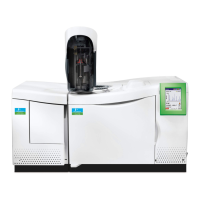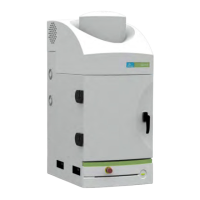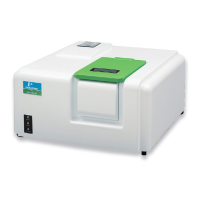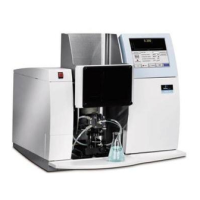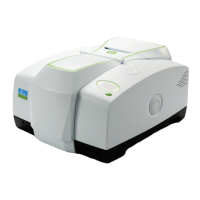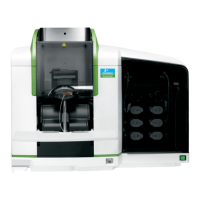26 . Spotlight 150 User's Guide
Operation
The table below lists the modes of operation that should be used for particular samples.
Transmittance Single areas of thin solids, fibers and films. The optimal aperture
range depends upon the detector type, as follows:
MCT detector: Between 10 µm and 100 µm.
DTGS detector: Between 50 µm and 200 µm.
InGaAs detector: Between 10 µm and 200 µm.
Reflectance Single areas of coatings and thick solids. The optimal aperture
range depends upon the detector type, as follows:
MCT detector: Between 10 µm and 100 µm.
DTGS detector: Between 50 µm and 200 µm.
InGaAs detector: Between 10 µm and 200 µm.
With ATR objective Thick, non-reflecting samples.
NOTE: In general, the larger the aperture setting, the better the spectral quality. Sample
sizes may be larger than the maximum aperture sizes given in the table above.
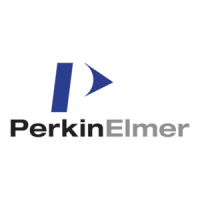
